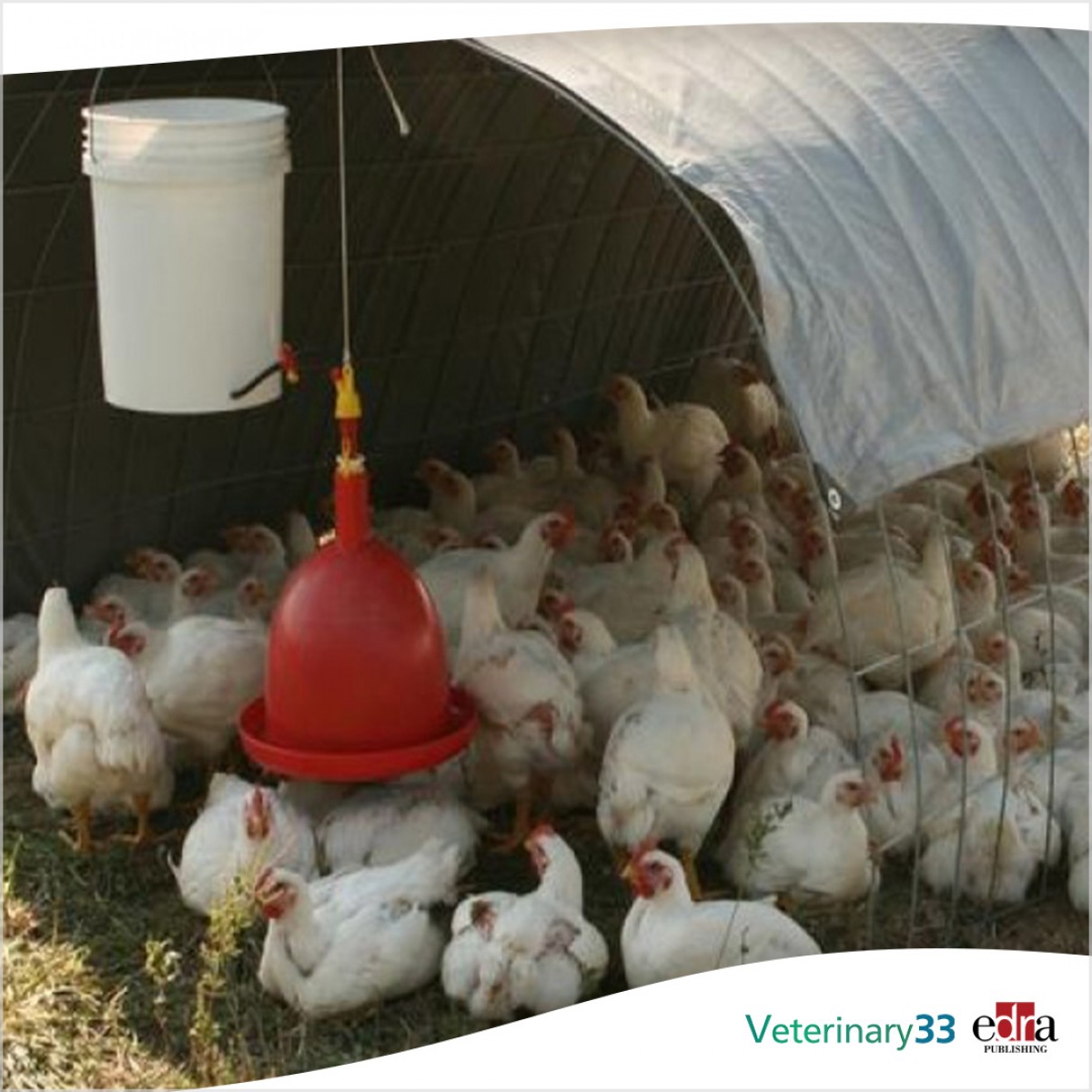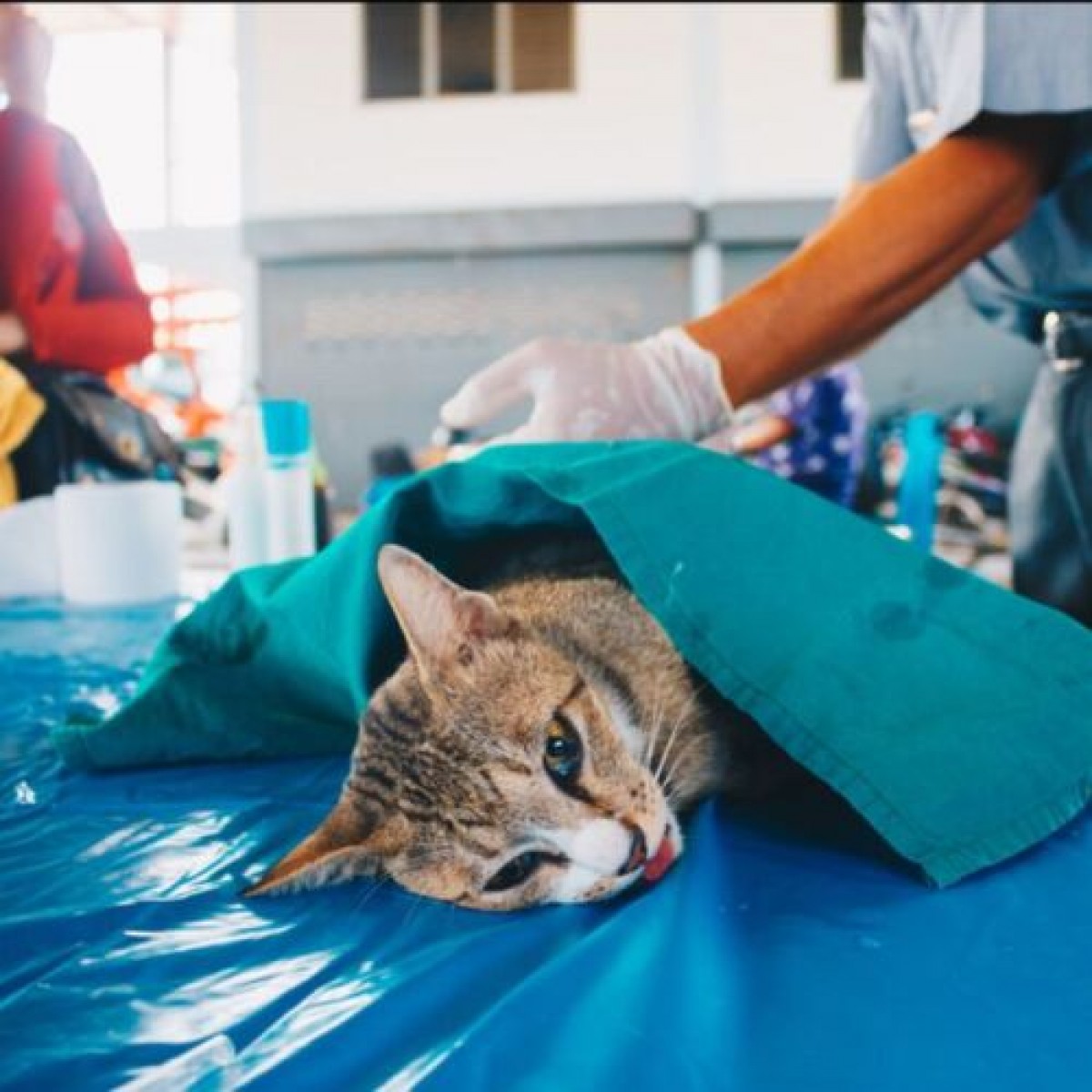The United States confirms a case of H5N1 bird flu in a person from Colorado
One person has tested positive for the H5N1 bird flu virus in Colorado, the US Centers for Disease Control and Prevention (CDC) has confirmed. The case has occurred in a person who had direct exposure to poultry and was involved in the slaughter of birds that were suspected of being infected. The patient showed fatigue for a few days as his only symptom and has now recovered but has been isolated and treated with the flu antiviral drug oseltamivir.
The CDC states that the detection of avian influenza in this sample may be the result of contamination of the nasal membrane surface, but this cannot be determined at this time and the positive test result meets the criteria for a case. of avian influenza H5. For this reason, those responsible for public health have assumed that it is an infection and have put in place measures to contain and treat it.
This case does not change the risk assessment for the general public, which the CDC considers to be low. However, people who have occupational or recreational exposure to infected birds are at increased risk of infection and should take appropriate precautions.
Continuous surveillance
CDC has been monitoring the disease among people exposed to birds infected with the H5N1 virus since these outbreaks were detected in US wild birds and poultry in late 2021 and 2022.
To date, H5N1 viruses have been found in US commercial and backyard poultry in 29 states, and in wild birds in 34 states. The CDC has monitored the health of more than 2,500 people exposed to birds infected with the H5N1 virus, and this is the only case found to date. Other people involved in Colorado sacrificial slaughter have tested negative for virus infection, but are being retested out of an abundance of caution.
Second case in humans
This is the second human case associated with this specific group of H5 viruses that is currently predominant, and the first reported in the United States. The first international case occurred in December 2021 in the United Kingdom in a person who did not show any symptoms and who kept birds that became infected with the H5N1 virus.
There have been more than 880 human infections with prior H5N1 viruses since 2003 worldwide; however, the predominant H5N1 viruses now circulating in birds worldwide are different from previous H5N1 viruses.
Infections are rare
Infected birds shed the H5N1 virus in their saliva, mucus, and feces. H5N1 virus infections among people are rare, although they can occur when enough of the virus gets into a person's eyes, nose, or mouth, or if it is inhaled. People who have had close or prolonged contact without eye or respiratory protection with infected birds or places that have touched sick birds or their mucus, saliva, or feces, may be at increased risk of infection with the H5N1 virus.
Illnesses in people from bird flu virus infections range from mild conditions such as eye infection, upper respiratory symptoms, to severe illness such as pneumonia, which can cause death. The only previous human case associated with this group of H5N1 viruses did not produce symptoms.
This case does not change the assessment of the risk to human health, although CDC will continue to monitor this situation closely for signs that the risk to human health may change, such as more reports of H5N1 virus infections in people by exposure to birds, or identification of spread from an infected person to a close contact.
CDC is also monitoring H5N1 viruses for genetic changes that have been associated with adaptation to mammals, which could indicate that the virus is adapting to spread more easily from birds to people. The usual prevention measures are being taken for now, including an existing candidate vaccine virus that could be used to make vaccines for people if needed.














List
Add
Please enter a comment